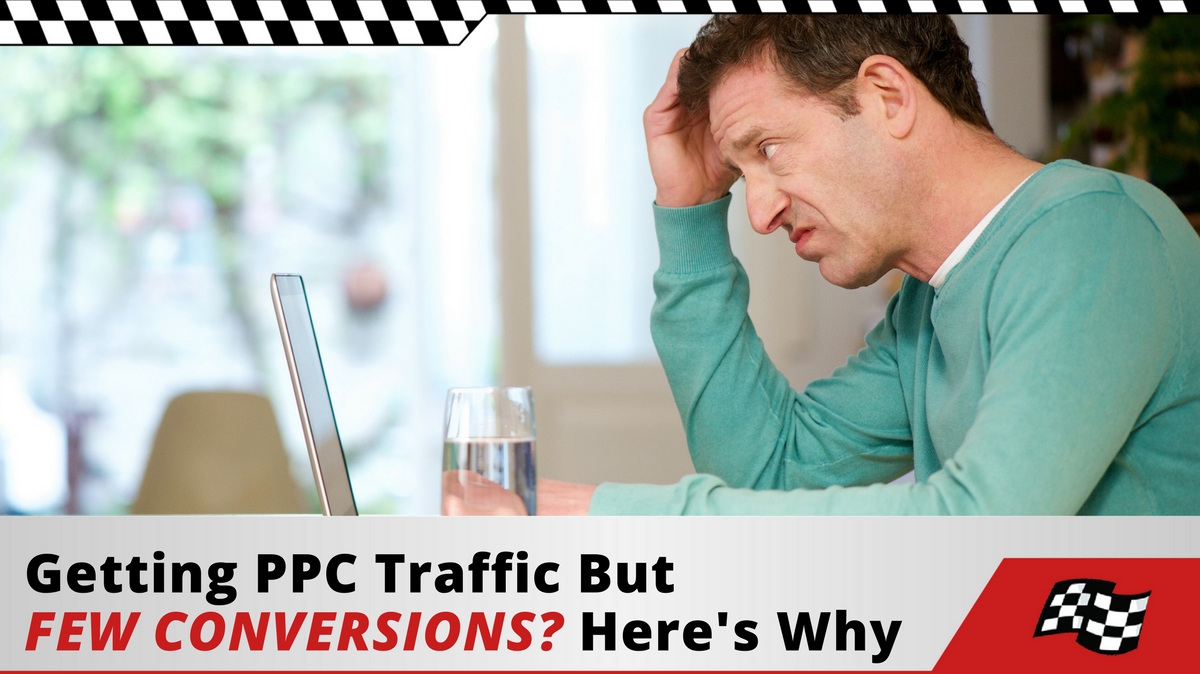
As a business, your ultimate goal is to make sure that you get enough conversions. Of course, the only way to get there is through the use of effective marketing strategies.
Pay-per-click (PPC) ads are one such method employed successfully by many businesses today. Not only do these ads help you boost your visibility, but they also drive traffic to your website. But what if, in spite of having a healthy inflow of traffic, your conversions continue being inadequate?
8 Obstacles to PPC Conversions
It’s not an uncommon problem. Fortunately, it is a fixable one. The first step is to find out the underlying cause. What is it that makes your website traffic leave before buying from you? Marketing does require a considerable amount of investment. However, if those investments don’t result in conversions, your money is simply wasted.
Here are eight of the most common reasons why your PPC traffic might not be converting.
1. Your Content Doesn’t Match Search Terms
So you’re investing in PPC ads and getting a decent amount of traffic from them, but your website visitors aren’t sticking around. In this case, your on-page content is the likely culprit.
If your content doesn’t match what your visitors were looking for via search, they will leave quickly. Studies have found that the average attention span of a person is just 8 seconds. If your content doesn’t catch their attention in that time, your traffic won’t convert.
So put yourself in the shoes of your customer. Think about the kind of searches they are likely to run. Then check if your landing page has content that matches them or not. Workfront, a project management software company, was able to increase conversions by 104% with content and formatting changes.
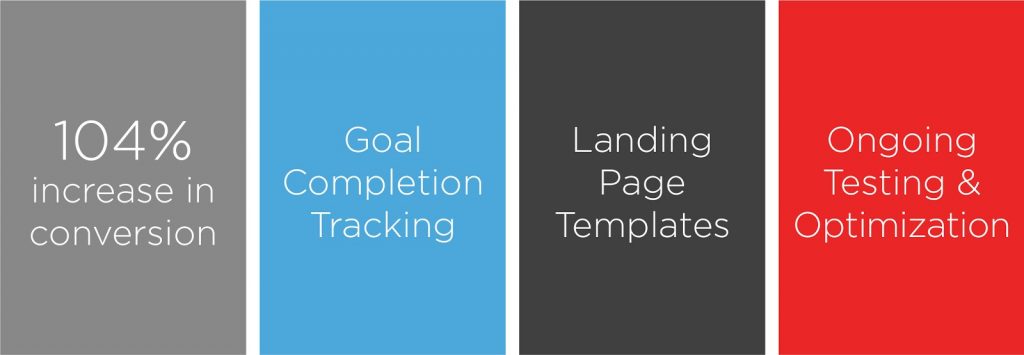
Image via Big Leap
2. You’re a Victim of Click Fraud
Did you know that almost 52% of all web traffic is made up of bots? What’s more worrisome is that almost 29% of them are bad bots, including spammers, impersonators, and hackers. Some of them might be generating invalid clicks to your PPC ads, which eats away your budget. Such traffic certainly won’t increase your conversions.
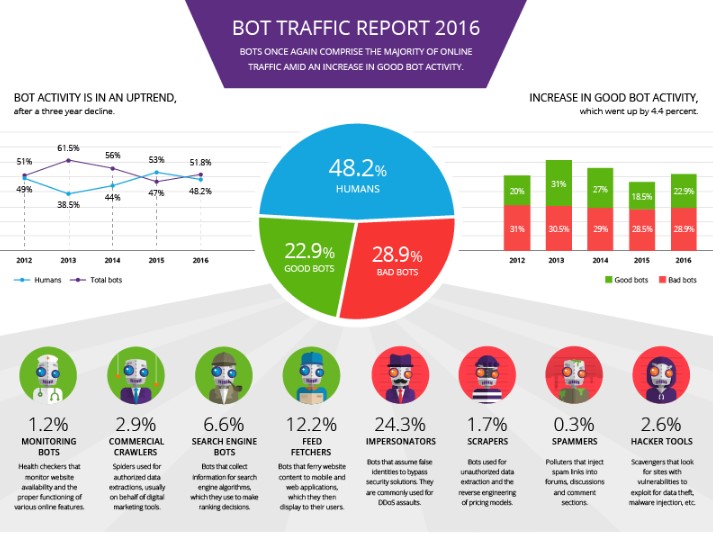
Image via Imperva
The good news is that you can prevent click fraud if you have access to the right tools, like Clickcease. Such tools can monitor your PPC ad clicks to identify bots and fraudsters. For example, Clickcease analyzes each click on an ad, and when it detects fraudulent links, it immediately blocks them.
The below dashboard clearly shows paying visitors along with the number of fraud IP’s and organic visitors.
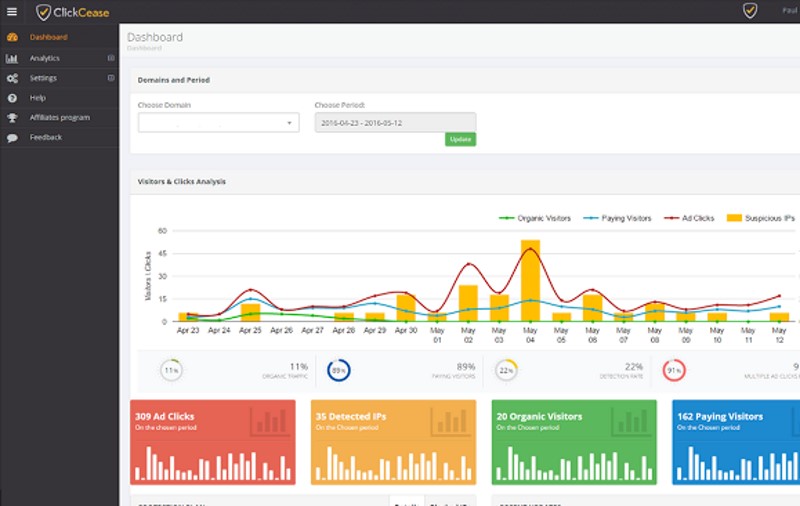
3. You’ve Made Customer Registration Mandatory
A study by Baymard Institute found that 37% of people don’t complete the checkout process due to mandatory customer registration. If your website requires customers to create accounts before they can complete their purchases, you’re unknowingly killing your conversions.
Remember that the information you collect from customers benefits you, not them. Hence to make the customer experience better, allow the option of purchasing as a guest. Let them complete their account creation process later, per their convenience.
Check out how Beauty Bridge offers their customers the option of purchasing as guest and creating an account later.
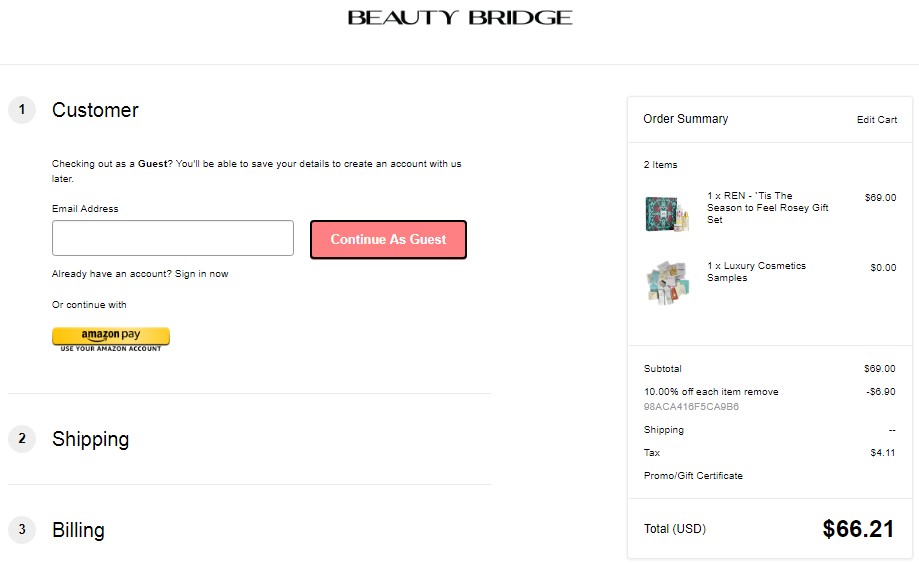
Image via Beauty Bridge
4. You’re Not Mentioning Additional Costs Upfront
If your shipping and other additional costs are only revealed to customers on the checkout page, you’re killing your conversions. The Baymard Institute study found that 23% of consumers don’t complete their purchases because they’re unaware of additional costs.
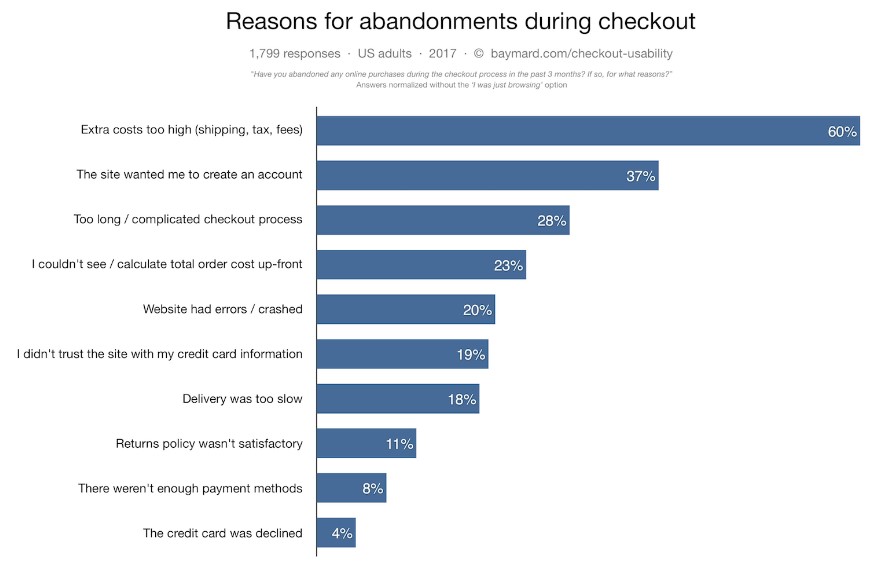
Image via Baymard Institute
Make sure you display any shipping or other additional costs on the product pages. Here’s an example from L’Occitane where they clearly mention their shipping costs on the product page.
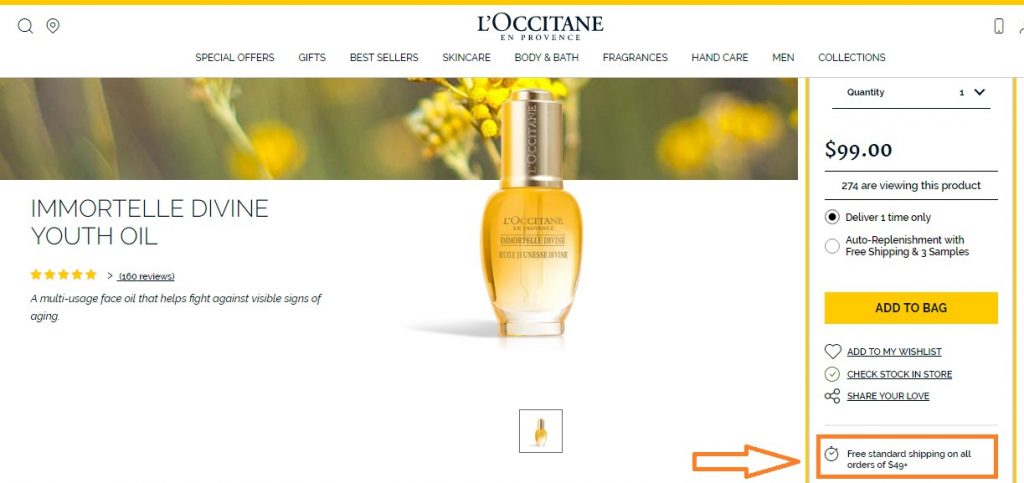
Image via L’Occitane
5. Your Checkout Process is Complicated
A complicated checkout process can also drive away website traffic. According to the Baymard Institute study, 28% of customers abandon their shopping carts due to complicated checkout processes. It’s kind of like how people avoid long lines at the checkout counter in a physical store.
Conversely, the more simple and direct your process is, the quicker your visitors can complete their purchases. Make sure your checkout process doesn’t spill over to multiple pages and that your customers can complete their purchase in minimal steps.
Here’s a great example from Bohemian Traders.
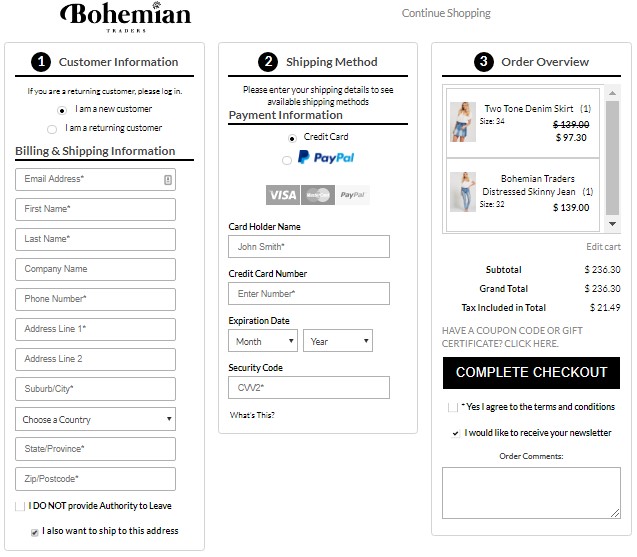
Image via Bohemian Traders
6. Your Website Lacks Credibility
When a visitor lands on your website after clicking an ad, you must give them a good enough reason to buy from you. Many visitors can drop out if your website content doesn’t instill trust in their minds. They need to know that your products are valuable and they can trust you with their money.
Here’s where customer testimonials and product reviews can help you. These are proof that other people have found you trustworthy. And that your products have actually solved consumer problems. So make sure to include reviews and testimonials on your product pages.
The footwear company Protalus was able to boost their sales by 91% in just 6 months by making some changes to website content. They included celebrity testimonials and highlighted the option of upgrading to free shipping in the headline. The testimonials alone were responsible for a 60% boost in conversions.
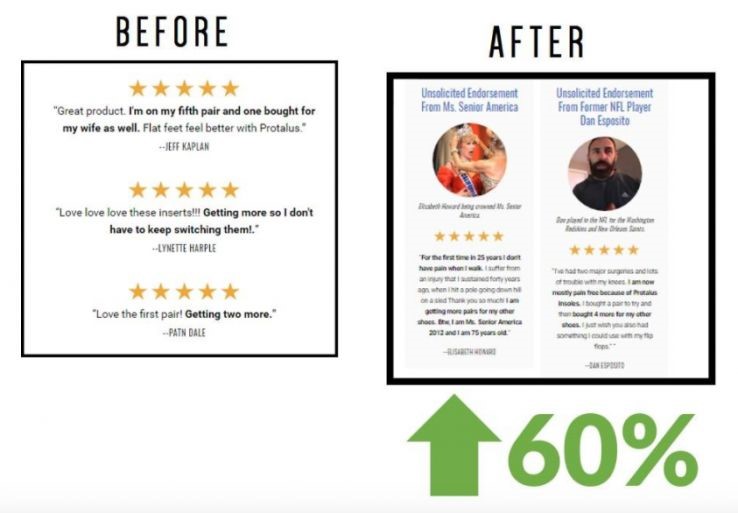
Image via Moz
7. Your Product Descriptions Aren’t Compelling Enough
Your product descriptions shouldn’t just talk about product features alone. They should give the customer a reason to buy. They should also talk about your value proposition and how it sets you apart from your competitors.
Most customers would like to have a feel of the product before they buy it online. Studies have revealed that 55% of people check product reviews before making an online purchase. In fact, 26% of people visit an actual store to try the product before they buy it online.
Therefore, your product pages need to be designed to make the experience is as real as possible. Make sure to include a great description along with relevant images and videos, if possible.
See how MAC Cosmetics brings its product to life with its image and description.
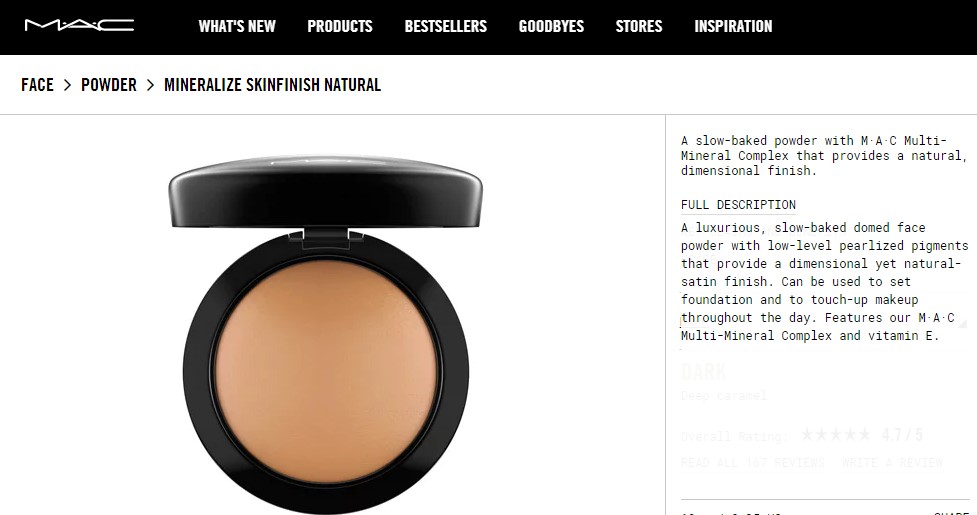
Image via MAC
8. You Don’t Have a Prominent Call-to-Action
If your content is impressive but there’s no clear call-to-action, your customers might not explore much of your site. The main reason for having a CTA is to compel your visitors to take an action on your site. It’s a step closer to your conversions. So make sure that CTAs are clearly visible on your website and customers don’t need to search for them.
A best practice is to display the primary CTA above the fold so that customers don’t need to scroll down. The CTA button needs to be prominently displayed using contrasting colors in the background and font. Also, make sure that the content on those buttons are actionable and encourage people to click.
With a few tweaks to their CTA, White Card Courses increased their conversion rate by 32%. They changed the copy, background color, and the subheadings as shown below.
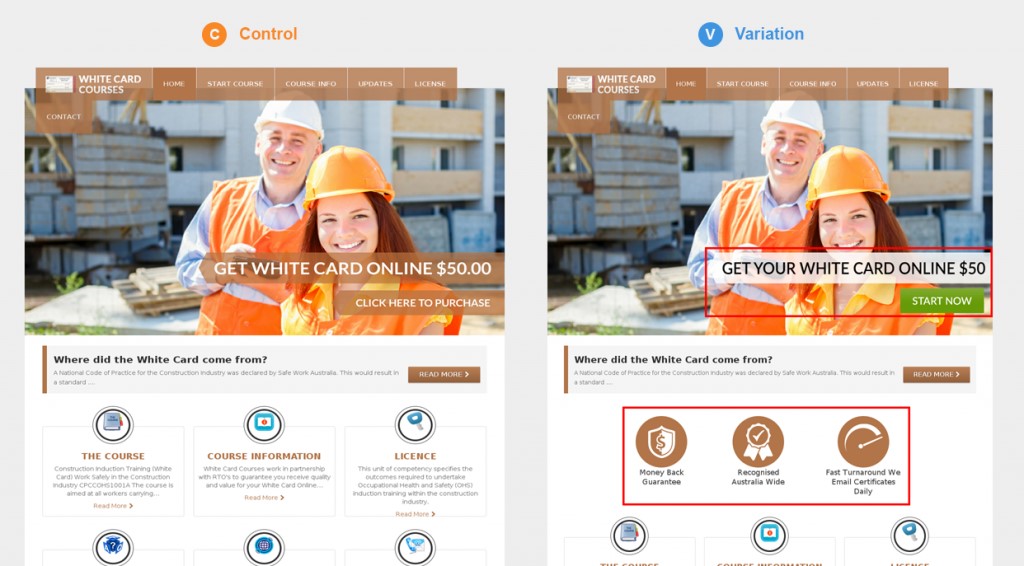
Image via VWO
Boost Your PPC Conversions
If you’re committing any of the above blunders, you should look at rectifying them right away. The above-mentioned strategies will help you overcome these issues, and make sure your conversions get boosted.
Can you think of any other reasons why PPC traffic to websites don’t always convert? Let us know in the comments below.

6 Responses to Getting PPC Traffic But Few Conversions? Here’s Why